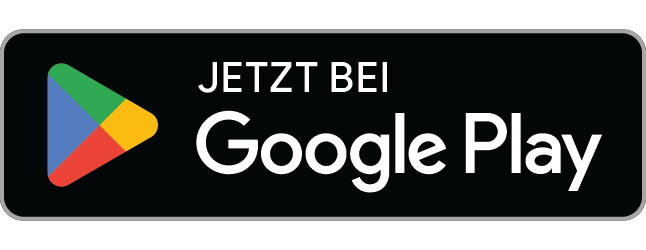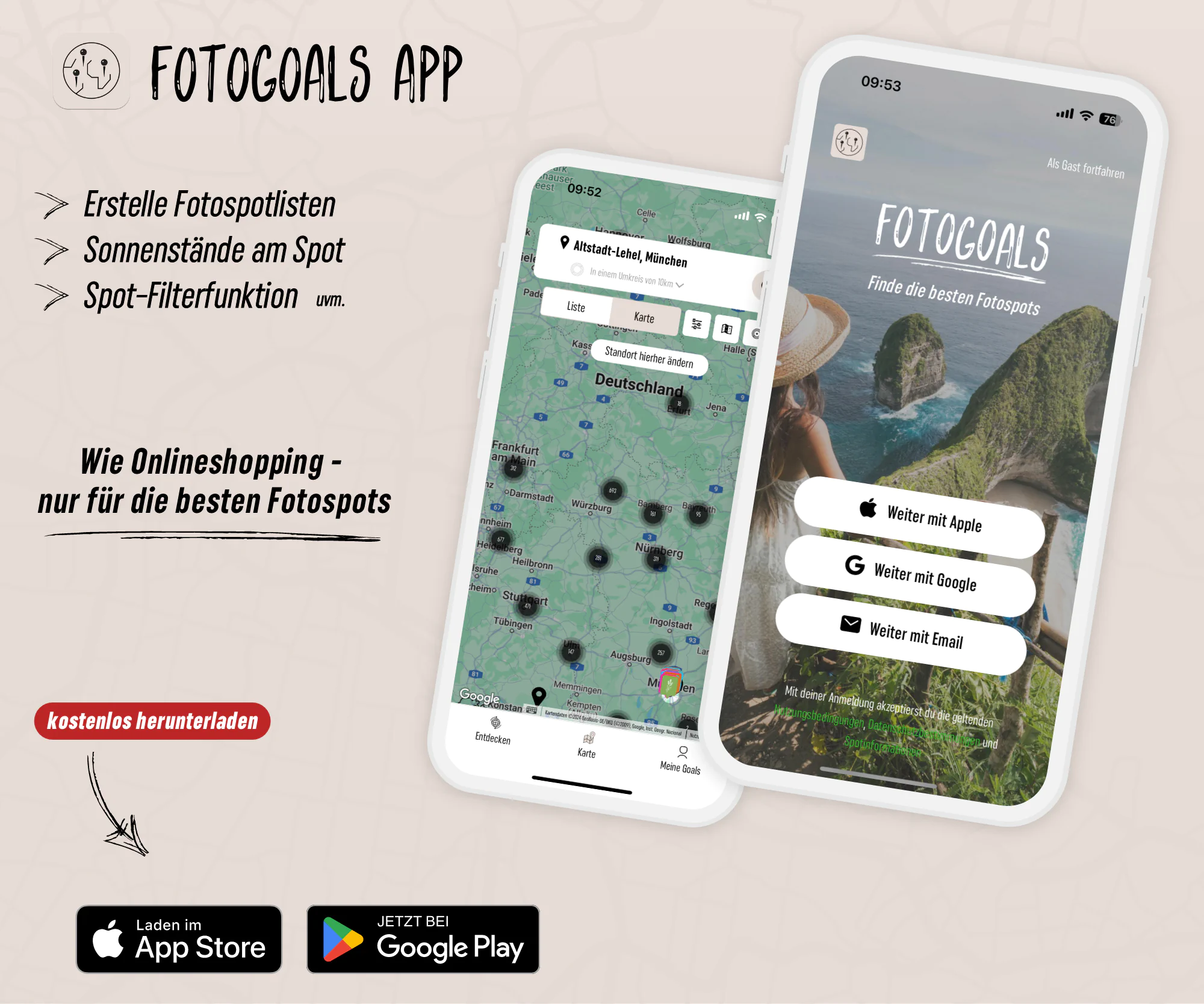Fotospot Guide: Polen
🇵🇱
Tauche ein in die faszinierende Welt der polnischen Landschaften, Architektur und Kultur, die eine reiche Vielfalt und unvergleichliche Schönheit bieten. Von den historischen Städten wie Krakau und Warschau bis hin zu den beeindruckenden Naturlandschaften in den Masuren und den Tatra-Bergen bietet Polen eine Fülle von Fotomotiven, die jeden Fotoliebhaber begeistern.
Warschau
Hauptstadt
37.800.000
Bevölkerung
Polnisch
Sprache
322.575 km²
Fläche
Wilkommen im Land von Pierogi und Kabanossi
Fotospots in Polen

Willkommen im Land der historischen Städte und beeindruckenden Naturlandschaften – Polen, wo Fotospots zu einer Reise durch die vielfältigen Facetten von Kultur, Geschichte und atemberaubenden Landschaften einladen. Von den historischen Städten wie Krakau und Warschau über das pulsierende Stadtleben in Danzig bis hin zu den beeindruckenden Naturlandschaften in den Masuren und den Tatra-Bergen – die Architektur und Natur in Polen spiegeln eine faszinierende Vielfalt wider, die jeden Fotografen inspiriert.
Erkunde die prachtvollen Schlösser und Burgen, die charmanten Dörfer entlang der Weichsel und die idyllischen Seen im Landesinneren. Polen ist ein Land voller Kontraste, geprägt von seiner reichen Geschichte und kulturellen Vielfalt, das mit jedem Fotospot seine Besucher verzaubert. Von den kleinen versteckten Juwelen bis hin zu den pulsierenden Städten bietet Polen eine schier unendliche Palette an Fotomotiven, die darauf warten, entdeckt zu werden. Mach dich bereit, dich von der Schönheit dieses Landes einfangen zu lassen und deine Fotoreise durch Polen zu beginnen.
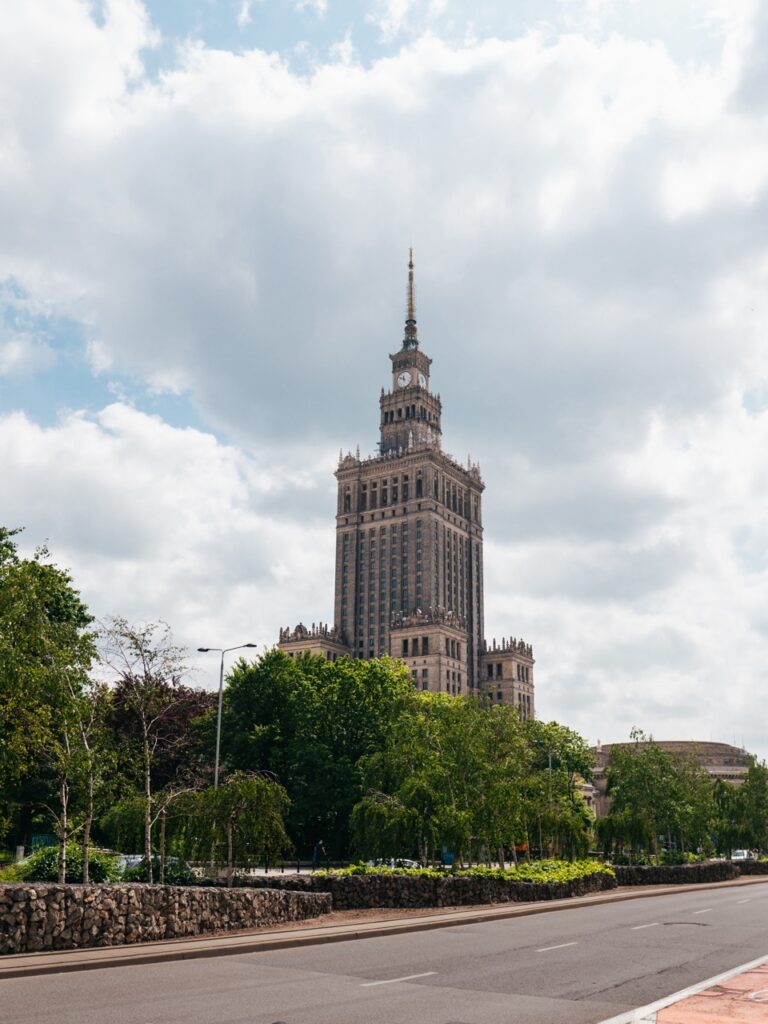
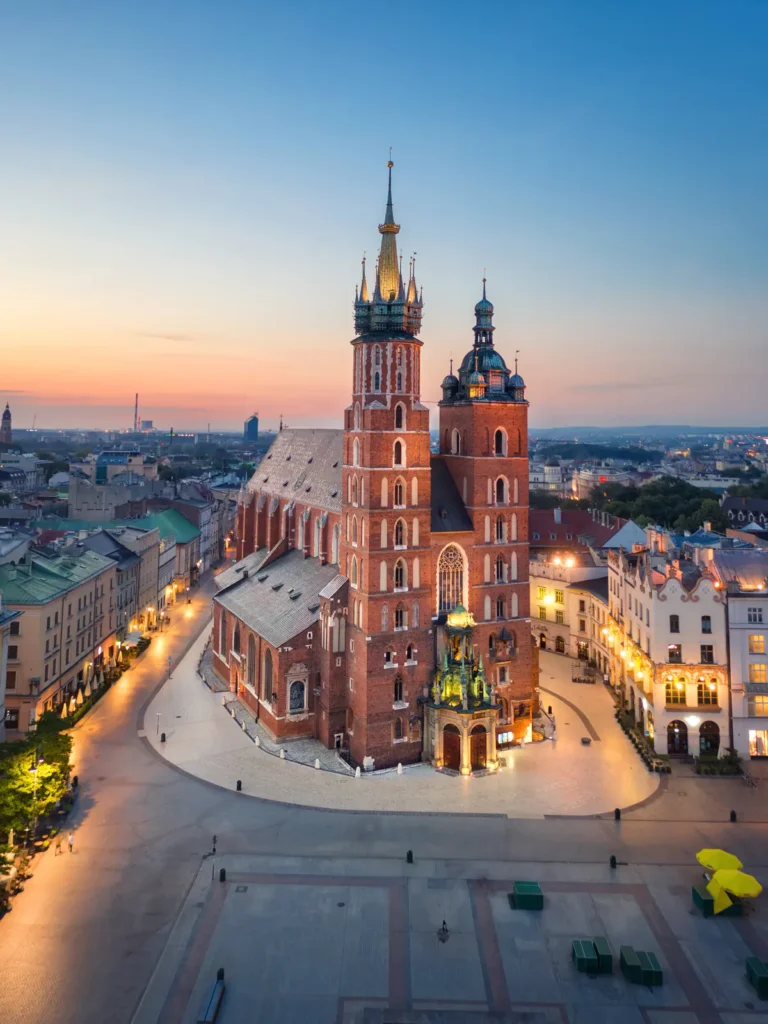
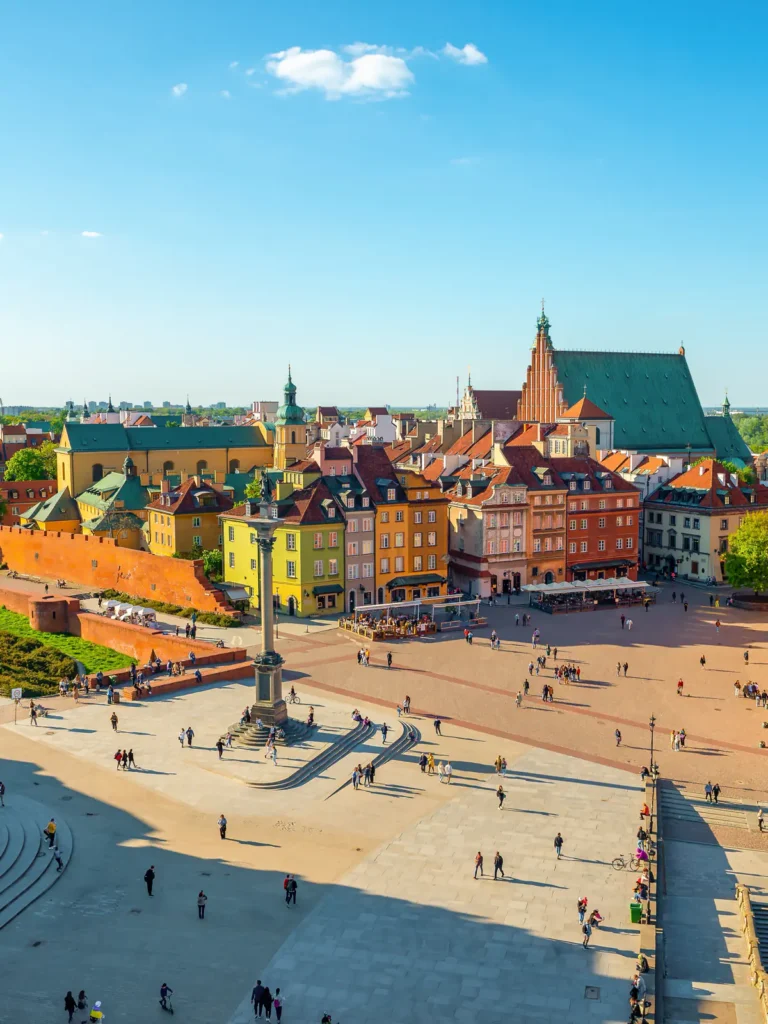
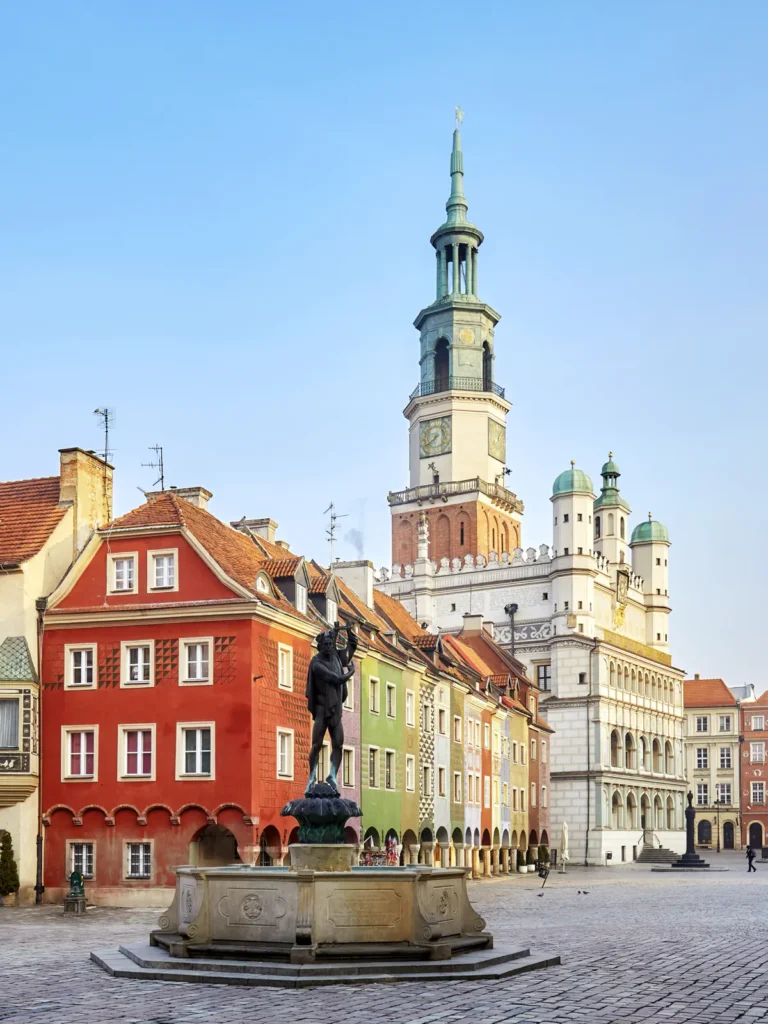
Good to know

Hier findest du wichtige Informationen für deinen Besuch in Polen oder für deine Reise durch dieses faszinierende Land in Mitteleuropa. Wir geben dir alles an die Hand, um das Beste aus deinem Aufenthalt in Polen herauszuholen. Lass uns gemeinsam auf Entdeckungsreise gehen und erlebe die besten Fotospots mit Fotogoals.
Regionen
Polen ist in 16 Woiwodschaften unterteilt: Niederschlesien, Kujawien-Pommern, Lublin, Lebus, Łódź, Kleinpolen, Masowien, Oppeln, Karpatenvorland, Podlachien, Pommern, Schlesien, Heiligkreuz, Ermland-Masuren, Großpolen und Westpommern. Diese Regionen bieten jeweils ihre eigenen einzigartigen Sehenswürdigkeiten und kulturellen Highlights. Von den historischen Städten wie Krakau und Warschau über die beeindruckenden Naturlandschaften in den Masuren und den Tatra-Bergen bis hin zu den charmanten Dörfern entlang der Weichsel – Polen bietet eine reiche Vielfalt, die es zu erkunden gilt.
Währung
Die offizielle Währung in Polen ist der Polnische Złoty (PLN), der landesweit als Zahlungsmittel akzeptiert wird. Zu den größten Banken des Landes gehören die PKO Bank Polski, Bank Pekao, mBank und ING Bank Śląski. Geldautomaten sind in Banken sowie an vielen öffentlichen Orten wie Einkaufszentren, Bahnhöfen und Flughäfen zu finden, was den Zugang zu Bargeld bequem und einfach macht.
Mobilfunk
Polen hat die Landesvorwahl +48. Die führenden Mobilfunkanbieter sind Orange Polska, T-Mobile Polska und Play. Das Mobilfunknetz ist in der Regel gut ausgebaut und bietet eine weitreichende Netzabdeckung, auch in ländlichen Gebieten. Generell ist 4G LTE gut verfügbar. 5G ist in städtischen Gebieten weitestgehend vorhanden.
Einkaufen
In Polen haben die meisten Supermärkte und Discounter von Montag bis Samstag von etwa 7 oder 8 Uhr morgens bis 21 oder 22 Uhr abends geöffnet. Einige Supermärkte haben auch sonntags geöffnet, jedoch mit eingeschränkten Öffnungszeiten. Zu den beliebtesten Einzelhändlern gehören Biedronka, Lidl, Aldi und Carrefour. Sie bieten eine breite Auswahl an Lebensmitteln und anderen Produkten zu erschwinglichen Preisen.
Transport
In Polen gibt es eine Vielzahl von Transportmöglichkeiten. Die PKP Intercity bietet ein umfangreiches Zugnetzwerk für nationale und internationale Reisen. Städte verfügen über öffentliche Verkehrsmittel wie U-Bahnen, Straßenbahnen und Busse. Flixbus (PolskiBus ist Teil von Flixbus) bieten kostengünstige Fernbusverbindungen. Zusätzlich gibt es Ride-Sharing-Dienste wie Uber, klassische Taxis und Autovermietungen wie Europcar und Sixt für flexible Transportoptionen.
Restaurant
In Polen gibt es eine vielfältige Restaurantlandschaft, die für jeden Geschmack und Geldbeutel etwas bietet. Neben traditionellen Restaurants mit polnischer Küche findet man auch eine Vielzahl internationaler Ketten und Imbissstände, die eine breite Palette von Speisen anbieten, von Pierogi bis zu Bigos. Die Preise für Hauptmahlzeiten liegen durchschnittlich zwischen 5 und 15 Euro. Es ist üblich, etwa 10% Trinkgeld zu geben.

Polen - FAQ: Reisen
Hier erhältst du die Antwort zu den häufigst gestellten Fragen zum Thema Reisen nach Polen
Wenn du Polen besuchen möchtest, ist die beste Reisezeit von deinen persönlichen Vorlieben und den Aktivitäten abhängig, die du planst. Der Sommer (Juni bis August) bietet warmes Wetter und ist ideal für Sightseeing und Outdoor-Aktivitäten. Der Herbst (September bis November) lockt mit mildem Wetter und bunten Herbstlandschaften, was perfekt für Wanderungen und Besuche in den Nationalparks ist. Der Winter (Dezember bis Februar) ist ideal für den Besuch der Weihnachtsmärkte und Wintersport in den Tatra-Bergen. Im Frühling (März bis Mai) erwacht die Natur, und die Städte blühen auf, was perfekt für Spaziergänge und Sightseeing-Touren ist. Berücksichtige bei der Planung deiner Reise deine persönlichen Vorlieben und Interessen, um die beste Reisezeit für deinen Polenbesuch zu finden.
Wenn du nach Polen einreisen möchtest, hängt die Notwendigkeit eines Visums von deiner Staatsangehörigkeit, dem Zweck deines Aufenthalts und der vorgesehenen Dauer ab. Staatsangehörige vieler Länder benötigen kein Visum für kurzfristige Aufenthalte von bis zu 90 Tagen innerhalb eines Zeitraums von 180 Tagen für touristische oder geschäftliche Zwecke. Für längere Aufenthalte oder andere Zwecke kann jedoch ein Visum erforderlich sein. Es ist wichtig, die aktuellen Einreisebestimmungen zu überprüfen und gegebenenfalls rechtzeitig ein Visum zu beantragen.
Wenn du eine Urlaubsreise nach Polen planst, hängt die Wahl des Flughafens von deinem Reiseziel und deinen persönlichen Vorlieben ab. Die meisten internationalen Flüge landen in den größeren Flughäfen wie Warschau-Chopin (WAW), Krakau (KRK), Danzig (GDN) oder Kattowitz (KTW). Warschau-Chopin ist der größte und verkehrsreichste Flughafen und bietet eine breite Auswahl an Verbindungen. Alle Flughäfen sind gut an das öffentliche Verkehrsnetz angebunden. Wenn du ein bestimmtes Ziel in Polen im Auge hast, kann es sinnvoll sein, den nächstgelegenen Regionalflughafen zu wählen. Informiere dich vorab über die verschiedenen Optionen und wähle den Flughafen, der am besten zu deinen Reiseplänen passt.
Wenn du nach Polen einreist, sind in der Regel keine speziellen Impfungen erforderlich. Es wird jedoch empfohlen, dass du deine Standardimpfungen gemäß dem Impfkalender deines Heimatlandes auf dem neuesten Stand hältst. Wenn du aus Ländern mit Gelbfieberinfektionsgebieten einreist, musst du möglicherweise eine Gelbfieberimpfung nachweisen. Es ist ratsam, sich vor Reiseantritt über aktuelle Gesundheits- und Einreisebestimmungen zu informieren und gegebenenfalls eine medizinische Beratung einzuholen.
Ja, viele Menschen in Polen sprechen Englisch, insbesondere in städtischen Gebieten, touristischen Zentren und in der jüngeren Generation. Englisch ist eine weit verbreitete Fremdsprache und wird oft als zweite Sprache in der Schule gelernt. In Hotels, Restaurants, Geschäften und touristischen Attraktionen ist es üblich, dass das Personal Englisch spricht oder zumindest grundlegende Englischkenntnisse hat, um mit internationalen Besuchern zu kommunizieren. Wenn du kein Polnisch sprichst, kannst du in der Regel problemlos auf Englisch kommunizieren, um dich zurechtzufinden und Hilfe zu erhalten.
Polen - FAQ: Tägliches Leben
Hier erhältst du die Antwort zu den häufigst gestellten Fragen zum täglichen Leben in Polen
In Polen beträgt die Stromspannung 230 Volt und die Frequenz 50 Hertz. Die Steckdosen entsprechen dem europäischen Typ C und Typ E. Wenn du aus einem Land kommst, das andere Steckertypen verwendet, benötigst du möglicherweise einen Adapter, um deine elektronischen Geräte anzuschließen. Diese Adapter sind in den meisten Elektronikgeschäften, Flughäfen und Hotels erhältlich. Es wird empfohlen, vor deiner Reise zu überprüfen, ob du einen Adapter benötigst, um sicherzustellen, dass deine elektronischen Geräte problemlos genutzt werden können.

Ja, das Leitungswasser in Polen ist in der Regel von hoher Qualität und kann bedenkenlos getrunken werden. Die meisten Städte und Gemeinden haben strenge Vorschriften zur Wasseraufbereitung, um sicherzustellen, dass das Trinkwasser den gesetzlichen Standards entspricht. Es ist jedoch in einigen Regionen üblich, Wasser in Flaschen zu kaufen, da der Geschmack des Leitungswassers variieren kann. Das Trinken von Leitungswasser ist umweltfreundlich und spart Geld während deines Aufenthalts in Polen.
Die Zahlung mit Karte, insbesondere mit Kreditkarte, ist in Polen weit verbreitet. In größeren Läden, Restaurants und Bars in Städten oder Touristenregionen wird die Zahlung mit Kreditkarte in der Regel akzeptiert. Allerdings kann es vorkommen, dass in einigen kleineren Geschäften oder ländlichen Gebieten nur Bargeld akzeptiert wird. Es ist daher ratsam, sich vorher zu erkundigen, ob die Zahlung mit deiner Kreditkarte möglich ist.
American Express Kreditkarten können manchmal zu Problemen führen, da diese nicht überall akzeptiert werden. Visa und Mastercard hingegen funktionieren nahezu überall. In Supermärkten werden meistens alle Karten akzeptiert, ebenso wie Apple Pay und Google Pay. Es ist immer eine gute Idee, sowohl Bargeld als auch eine Kreditkarte bei sich zu haben, um auf alle Eventualitäten vorbereitet zu sein.
In Polen kannst du Alkohol in Supermärkten, Discountern, Tankstellen und Kiosken kaufen. Eine Standardauswahl an alkoholischen Getränken erhältst du so gut wie überall, während eine größere Auswahl meist nur in speziellen Getränkemärkten oder in großen Supermärkten vorhanden ist. Der Verkauf von Alkohol ist in der Regel nicht zeitlich begrenzt, aber es ist ratsam, sich über die lokalen Bestimmungen zu informieren. Das Mindestalter für den Kauf von Alkohol beträgt 18 Jahre.
In Polen kannst du Zigaretten und Tabak in Supermärkten, Kiosken, Tankstellen und speziellen Tabakläden kaufen. Diese Produkte sind in der Regel hinter dem Tresen aufbewahrt und müssen beim Personal angefragt werden. Es ist wichtig zu beachten, dass der Verkauf von Tabakprodukten reguliert ist und das Mindestalter für den Kauf von Tabak 18 Jahre beträgt. Eine Packung Zigaretten kostet durchschnittlich etwa 3-4 Euro.
In Polen kannst du Drogerie- und Hygieneartikel in Supermärkten wie Biedronka und Carrefour sowie in spezialisierten Drogeriemärkten wie Rossmann und Hebe kaufen. Diese Geschäfte bieten eine breite Palette an Produkten, darunter Körperpflege, Kosmetik, Haushaltsreiniger und Babypflege. Drogerieartikel sind auch in Apotheken erhältlich, die in den meisten Städten und Gemeinden weit verbreitet sind.
In Polen herrscht Rechtsverkehr. Die Geschwindigkeitsbegrenzungen variieren je nach Straßentyp: Innerorts liegt die Begrenzung meist bei 50 km/h, auf Landstraßen bei 90 km/h und auf Autobahnen bei 140 km/h. Es besteht Anschnallpflicht für alle Fahrzeuginsassen. Die Promillegrenze liegt bei 0,02%. Die Nutzung von Mobiltelefonen ohne Freisprecheinrichtung während der Fahrt ist verboten. Es ist wichtig, sich an die Verkehrszeichen und Ampeln zu halten und Fußgängern an Zebrastreifen Vorrang zu gewähren.
Bei einem Besuch in Polen gibt es einige wichtige Dinge zu beachten, um einen reibungslosen und angenehmen Aufenthalt zu gewährleisten:
- Kleidung: Polen hat ein entspanntes Kleidungsverhalten, aber es ist ratsam, sich in städtischen Gebieten und bei formellen Anlässen angemessen zu kleiden. In religiösen Stätten sollte konservative Kleidung getragen werden.
- Verkehr: In Polen herrscht Rechtsverkehr. Es ist wichtig, sich an die Verkehrsregeln zu halten und vorsichtig zu fahren. Fußgänger haben an Zebrastreifen Vorrang.
- Rauchen: Rauchen ist in öffentlichen Gebäuden, Restaurants, Bars und an vielen öffentlichen Orten verboten. Es gibt ausgewiesene Raucherbereiche, die genutzt werden sollten.
- Alkohol: Der Konsum von Alkohol ist in Polen ab 18 Jahren erlaubt. Es ist jedoch verboten, in der Öffentlichkeit Alkohol zu trinken, es sei denn, es handelt sich um ausgewiesene Bereiche wie lizenzierte Bars und Restaurants.
- Notrufnummer: Die Notrufnummer in Polen ist 112. Diese Nummer kann für Polizei, Feuerwehr und Krankenwagen verwendet werden.
- Trinkgeld: Trinkgeld ist in Polen nicht obligatorisch, wird aber in Restaurants und bei gutem Service geschätzt. Üblicherweise gibt man etwa 10% des Rechnungsbetrags.
Polen - FAQ: Foto
Hier erhältst du die Antwort zu den häufigst gestellten Fragen zur Fotografie in Polen
In Polen gibt es einige wichtige Regeln und Vorschriften in Sachen Fotografie:
- Privatsphäre respektieren: Fotografiere keine Menschen ohne deren ausdrückliche Erlaubnis, insbesondere in privaten oder sensiblen Situationen.
- Militärische und Regierungsgebäude: Das Fotografieren von militärischen Einrichtungen und Regierungsgebäuden ist oft eingeschränkt oder verboten.
- Religiöse Stätten: Beim Fotografieren in Kirchen und Kathedralen ist besondere Vorsicht geboten. Informiere dich vorab, ob das Fotografieren erlaubt ist.
